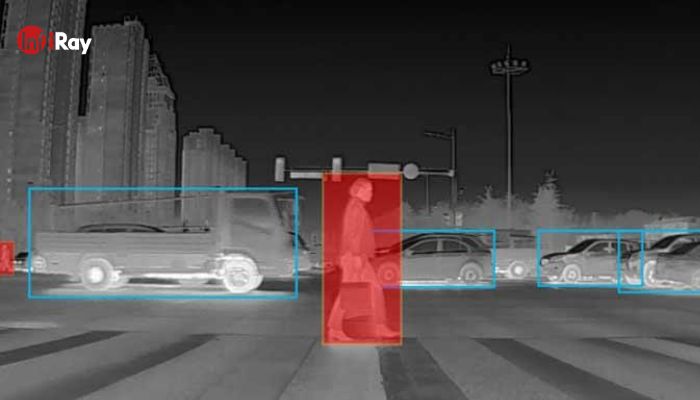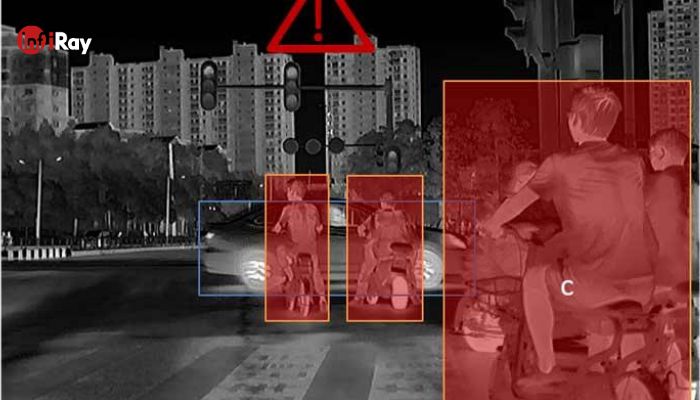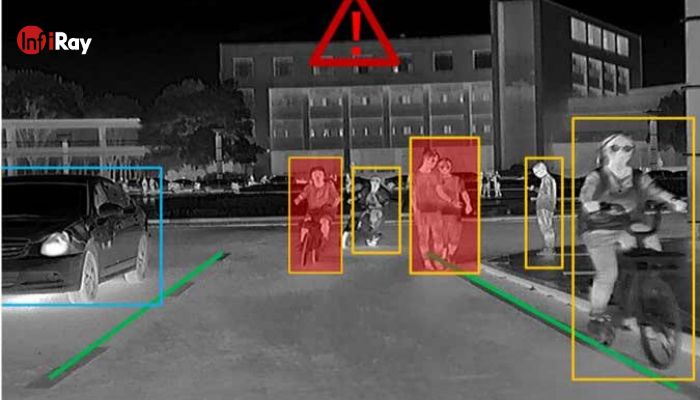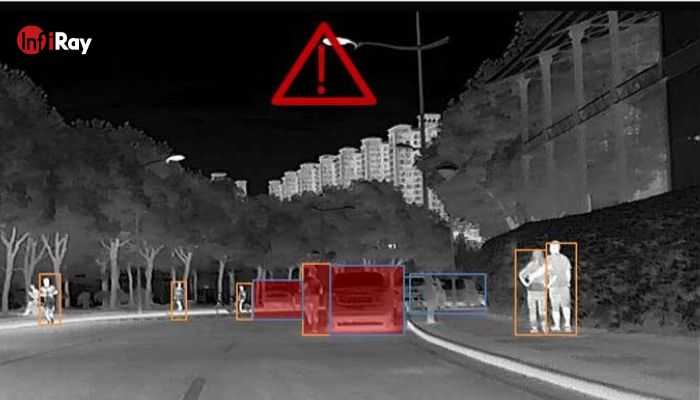Upgrade Your Drive: The Ultimate Guide to Automotive Night Vision

Imagine driving through a dense fog on a cold winter night, or navigating rural roads after sunset without the fear of encountering unexpected wildlife. This is where automotive night vision systems come into play, transforming the way we perceive nighttime driving. As technology advances, night vision systems are no longer reserved for military operations but have become an essential tool for enhancing safety on the road. In this comprehensive guide, we will delve into the world of automotive night vision, exploring its benefits, how it works, and the latest offerings in the market.

Understanding Automotive Night Vision Systems
At the heart of night vision technology is the ability to detect and enhance what's invisible to the human eye in low-light conditions. There are two primary types: active infrared night vision, which projects light and detects the reflection, and passive infrared, which senses heat emitted by objects. Both systems work in tandem to provide drivers with a clear view of the road ahead, regardless of the darkness or weather conditions.
Key Components of Night Vision Systems
The effectiveness of an automotive night vision system relies on its key components. Infrared detectors are crucial for identifying heat signatures, while image processing units transform this data into a visible image. The display system, often integrated with the vehicle's dashboard, presents this information to the driver in real time. High-quality components ensure that the system is not only responsive but also reliable, with minimal latency.

Market Trends and Developments of the Automotive Infrared Camera
The automotive night vision market is experiencing significant growth, driven by advancements in infrared imaging technology and the increasing demand for vehicle safety features. As the cost of infrared detectors decreases and industry standards evolve, more manufacturers are incorporating infrared thermal night vision systems into their vehicles, making them accessible to a broader range of consumers.

Top Automotive Night Vision System Providers
Among the leading providers of night vision systems is InfiRay, with its NV2 Automotive Night Vision system. This cutting-edge system offers a remarkable 650ft long-range vision and an ultra-responsive driver assistance system with a response time of just 0.1 seconds. Designed to perform optimally in nighttime, foggy, rainy, or snowy conditions, the NV2 car night vision system is an essential tool for car owners, outdoor enthusiasts, and anyone seeking to enhance their driving experience.

Installation and Maintenance of Car Night Vision Systems
The installation of a night vision system can be complex, often requiring professional assistance. Some systems offer DIY installation guides for the more tech-savvy. Regular maintenance is crucial to ensure the system's performance and longevity. However, some car night vision systems are easy to install even for personal use, such as the InfiRay NV2 Automotive Night Vision system.

Future of Automotive Night Vision Technology
The future of automotive night vision technology looks bright, with predictions of further advancements and widespread adoption. As autonomous driving technology continues to develop, night vision systems are expected to play a crucial role in enhancing vehicle safety and functionality.
Upgrading to an automotive night vision system is an investment in both safety and convenience. By providing drivers with a clearer view of the road ahead, these systems have the potential to significantly reduce nighttime driving accidents. As technology continues to evolve, we can expect more affordable and accessible options to become available, making night vision a standard feature in vehicles of the future.











